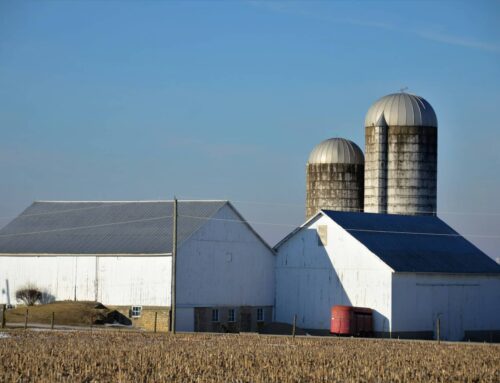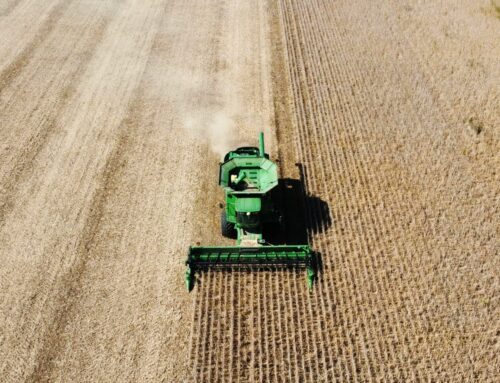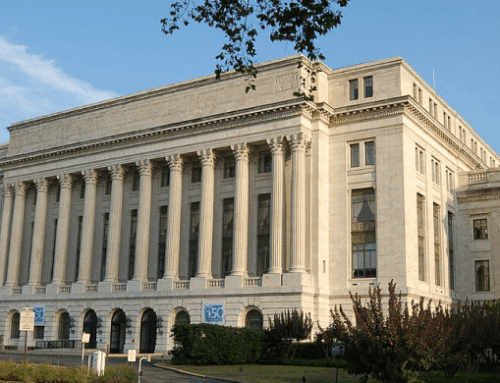The USDA’s Economic Research Service released their last Farm Income Forecast of the year. Within it they project total net farm income will exceed $119 billion, a nearly 43 percent increase from last year and the highest since 2013.
This significant boost in profitability for farming and ranching businesses comes as commodity markets rallied this fall from expectations. In addition, Covid related aid and other federal subsidies more than doubled compared to 2019. Direct government payments in 2020 are forecast to be $46.5 billion, constituting 38.9 percent of net farm income, the highest level since 2001. Adding the $5.9 billion in projected net federal crop insurance payments (indemnities minus farmer-paid premiums) would total $52.4 billion in government payments, 44 percent of net farm income.
The vast majority of the direct government payments in 2020 (70 percent) came from supplemental and ad hoc disaster assistance. Mainly the two rounds of the Coronavirus Food Assistance Program (CFAP) but also the Paycheck Protection Program (PPP).
The enormous amount of dollars going to farmers and ranchers is a cause for concern. While segments of the agriculture sector are clearly suffering from the COVID-19 pandemic, some agricultural special interests and lawmakers are advocating for an unprecedented expansion of Washington’s role in the farm economy.
A majority of the aid so far has gone to very large farms while shutting out many diversified and small and medium-sized farms. And as multiple years of “emergency” aid layered on top of trade war bailouts layered on top of crop insurance and farm bill subsidies show, turning off the ag subsidy spigot is very difficult.
Time will tell if Congress will pass another coronavirus aid package, but agriculture special interests are seeking billions in additional subsidies. While the revised HEROES Act that passed in October did not include an additional billions in payments to ag producers, the HEROES Act that passed the House in May would provide $16.5 billion in “emergency” funding for the USDA to provide direct payments to farmers and ranchers. The HEALS Act introduced in the Senate would provide $20 billion in direct payments.
Taxpayers can afford a cost-effective, transparent, and accountable safety net for American agriculture. We cannot afford to continue dishing out unlimited subsidies to special interests. With a new administration set for 2021, there is an opportunity to rethink the federal farm safety net. Lawmakers should be more deliberate in their pandemic response and ensure the farm safety net is focused on helping farmers and ranchers manage the risks of today and tomorrow, not maximizing government payments for a select few.










